Bramhan Mahima Kyon Aur Kaise
Bramhan Mahima Kyon Aur Kaise
- Publisher: Arjak Sangh
- binding: Paperback
- Author: Ramswaroop Verma
- Price: 50/-
₹50.00 /-
Order Bramhan Mahima Kyon Aur Kaise On WhatsApp
Description
Brahman Mahima Kyon aur Kaise by Ramswaroop Verma
Ramswaroop Verma’s Brahman Mahima Kyon aur Kaise Bramhan Mahima Kyon Aur Kaise is a razor-sharp critique of the glorification of Brahminism in Indian society. This book breaks the roots, methods and objectives behind the celebration of “Brahmin Mahima” (the glory of Brahmins), which has been dominating Indian religious, cultural and social life for centuries. With cold logic and fearless clarity, Verma breaks down how the glory of a caste became a tool of mass harassment, which is valid through scriptures, rituals, and social structures.
🔍 kyon? Why is the glory of a Brahmin?
Verma raises a fundamental question – why is the glory of Brahmin in Indian society, while other castes are marginalized? He argues that it is not natural or divine – it is deliberate, ideological engineering. He reveals that Brahmin domination is not based on merit, morality or service – but on:
Scripture Authority: Manusmriti, Vedas, Puranas glorify the Brahmins as ‘mouth of Brahma’ and give them superiority from birth.
Religious Monopo: Ensure special rights for the interpretation of rituals, knowledge and religion that power is focused.
Social engineering: Andogamy, rituals, and caste-based roles institutionalize Brahmin domination.
Cultural indigenization: Stories, epics and even festivals constantly strengthened the idea that Brahmins are moral and spiritually superior.
The idea of “Brahman Mahima” is, thus, not innocent admiration—it’s ideological propaganda.
⚙️ Kaise? (How was this glorification imposed?)
Verma explores how the Brahminical system maintained and expanded its control through:
1. Sacred Texts as Political Tools
Books like Manusmriti are exposed as legal codes of apartheid, masquerading as religious doctrine. Verma shows how verses in these texts legalized inequality—declaring Shudras as impure and women as property—while making Brahmins untouchable in terms of criticism.
2. Religious Fear and Karma Theory
Brahmanism instilled fear of hell and hope of rebirth in a higher caste to pacify oppressed communities. The karmic justification for suffering was a masterstroke of psychological control.
3. Control of Knowledge (Vedic Exclusivity)
Only Brahmins could read or teach the Vedas. Lower castes were barred from learning. Verma compares this to intellectual slavery, where knowledge becomes both power and weapon.
4. Economic Parasitism
He explains how Brahmins positioned themselves as non-productive but authoritative, living off the labor of Shudras and peasants through dakshina, daan, and religious services—a feudal theocracy wrapped in spiritual justification.
🧠 Verma’s Humanist Standpoint
Verma rejects all forms of birth-based hierarchy. His Humanist position is:
No caste is divine
No one is superior by birth
All humans are equal by reason, not ritual
He draws from Buddha, Kabir, Phule, Ambedkar, and rationalist philosophy to propose Manavvaad (Humanism) as the antidote to Brahmanism. He argues that the glorification of one caste necessitates the degradation of others—there can be no dignity in a system that elevates by suppression.
🔥 Why This Book Is Politically Explosive
Brahman Mahima: Kyon aur Kaise is not a polite critique—it’s a direct confrontation with India’s most protected ideology. It questions everything that mainstream narratives teach people to accept as divine truth. It’s a call to awaken Bahujan consciousness, demand epistemic justice, and reject ritual-based inequality.
📌 Takeaway
This book is unapologetically rational, politically charged, and morally grounded. It doesn’t just expose Brahmanical ideology—it demands its intellectual and social annihilation. If you’re ready to confront casteism at its core—not its symptoms—Brahman Mahima: Kyon aur Kaise is required reading.
See Also : Ek Hi Vikalp

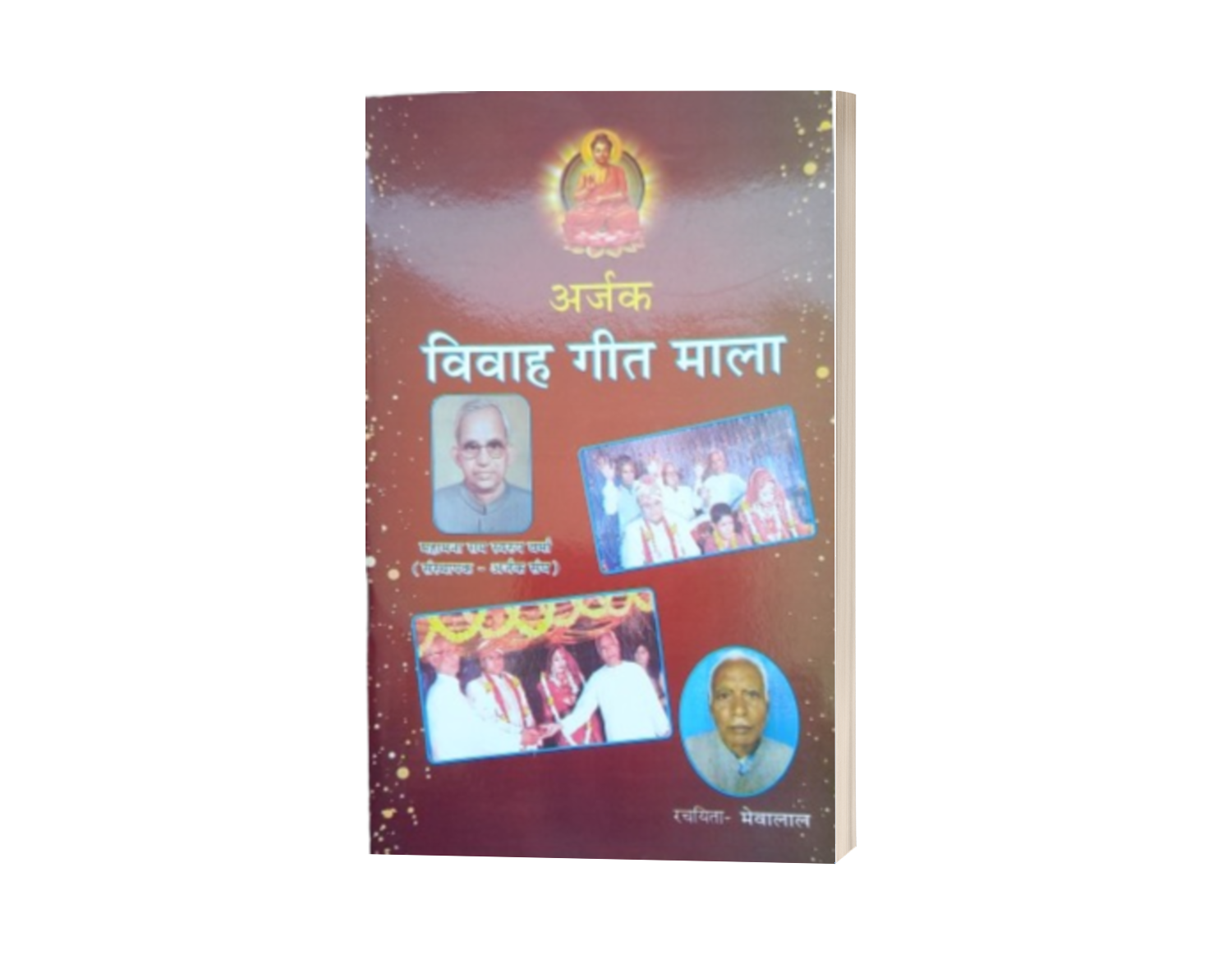
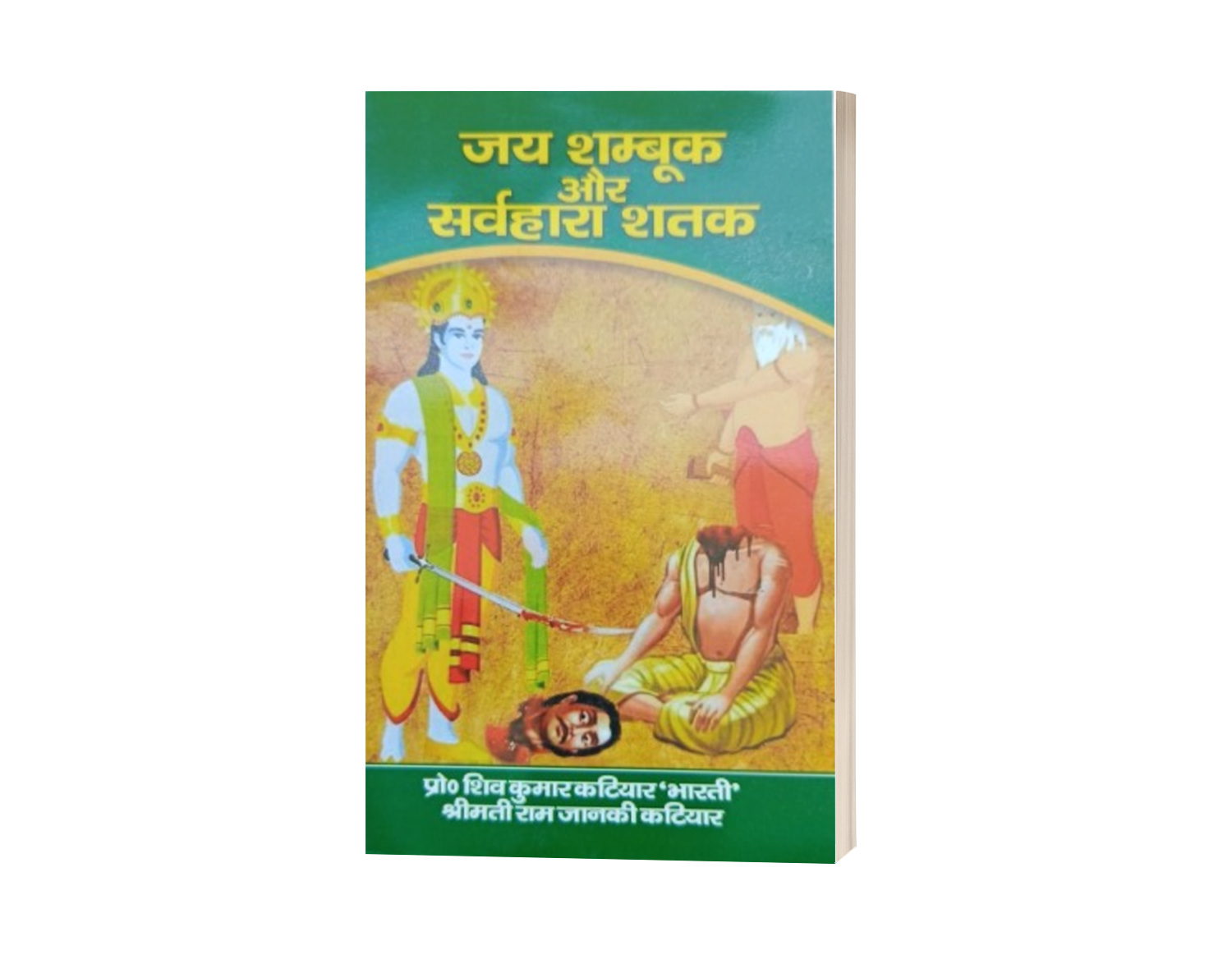
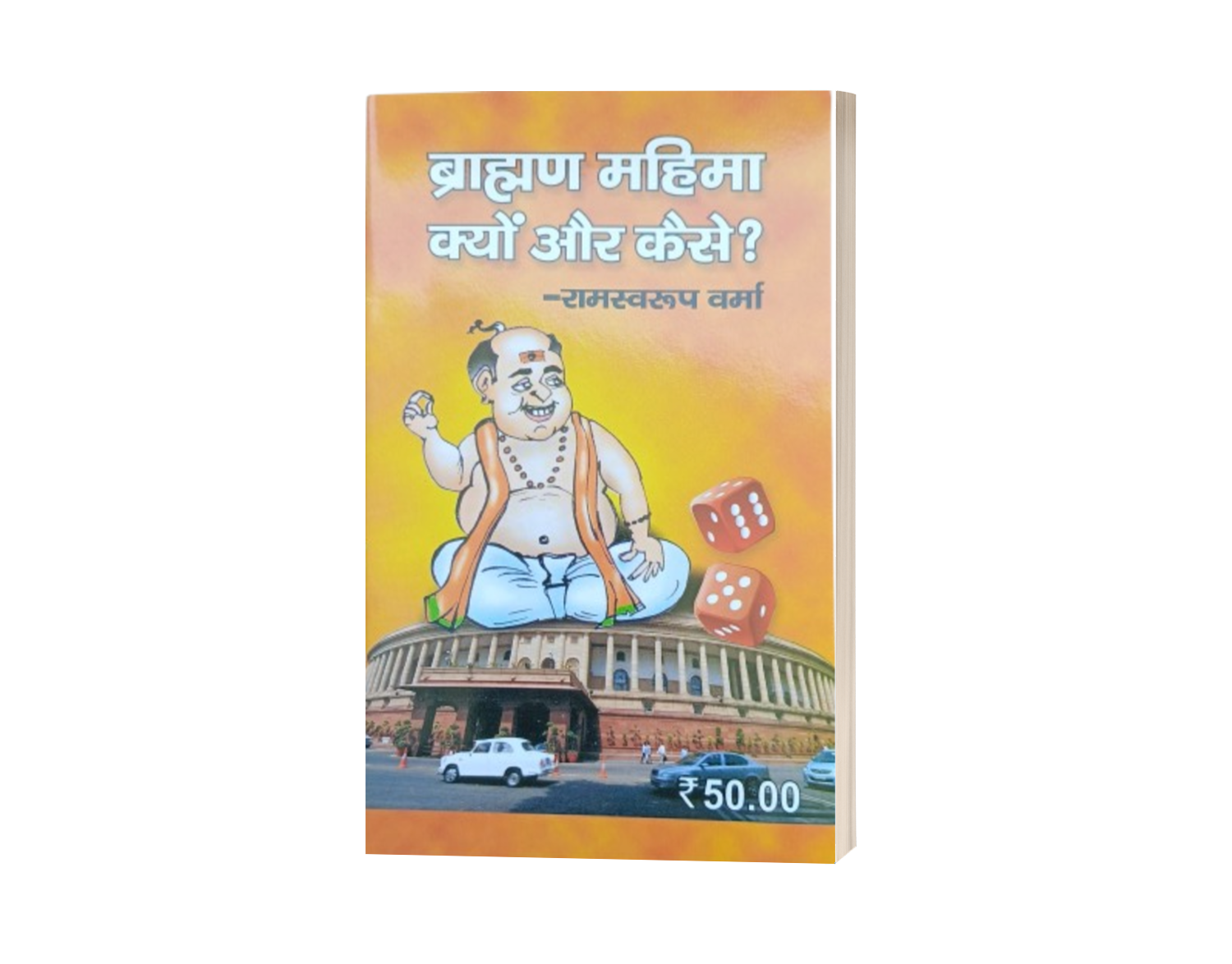
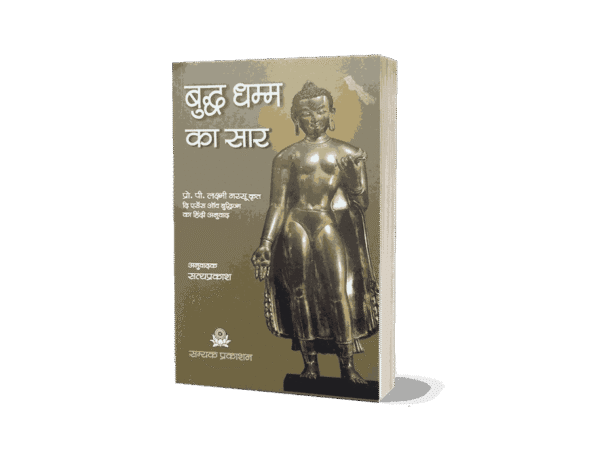
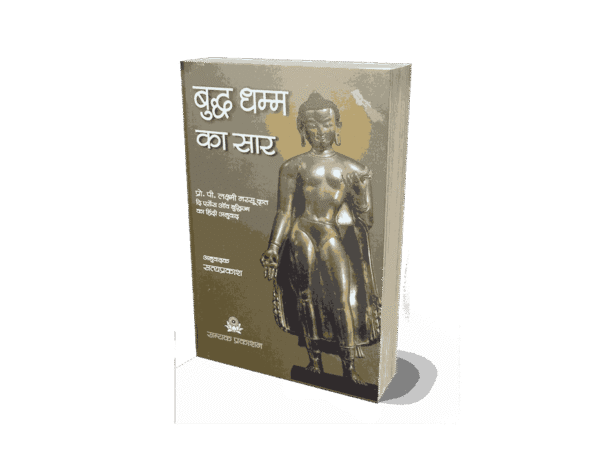
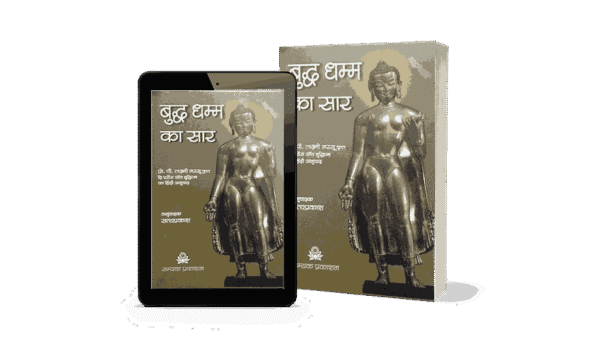
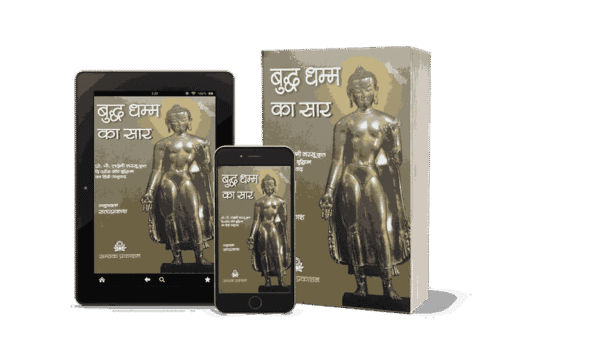
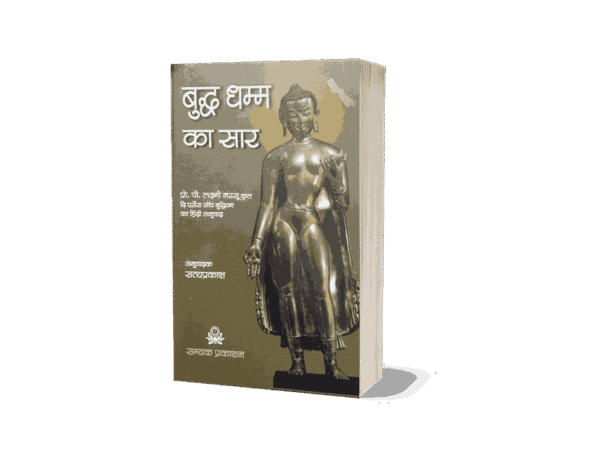
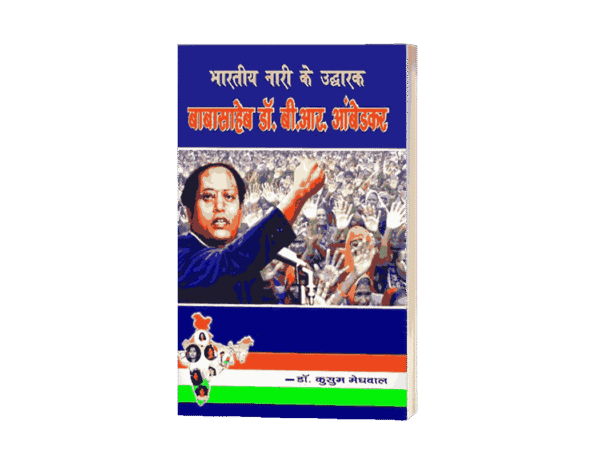
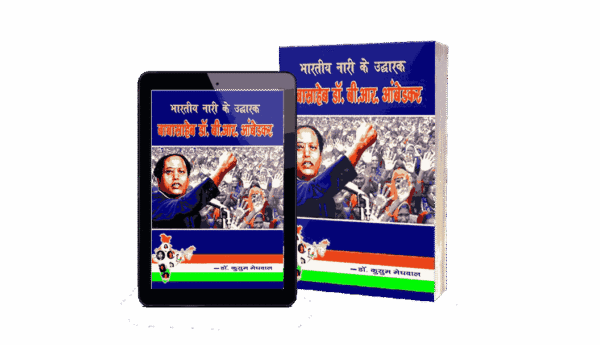

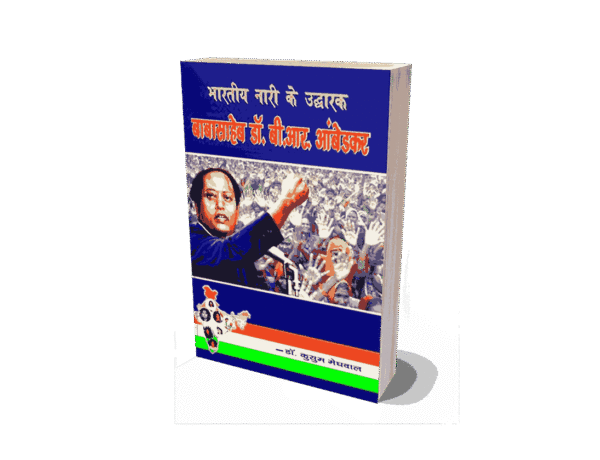
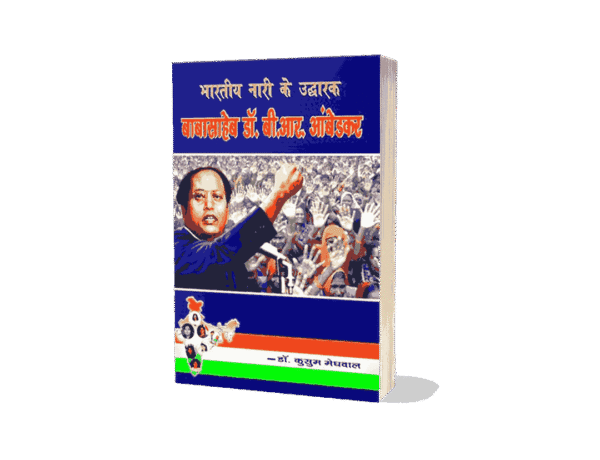
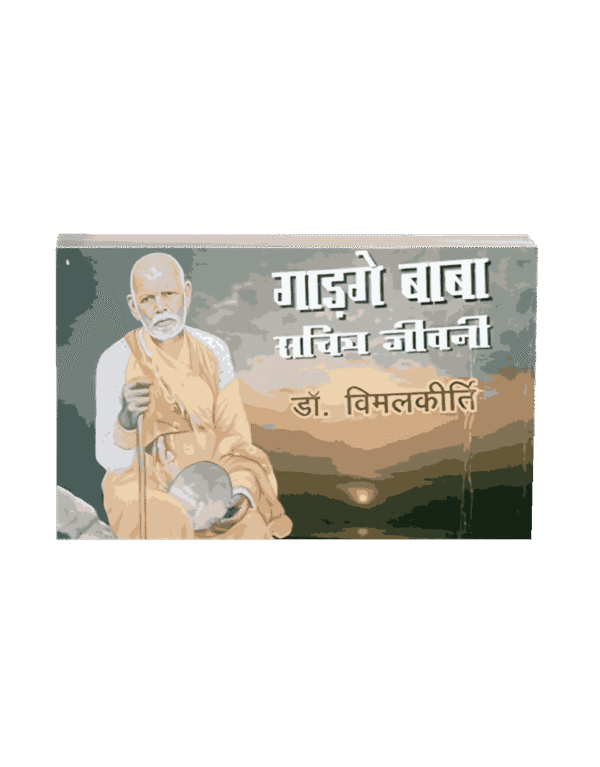
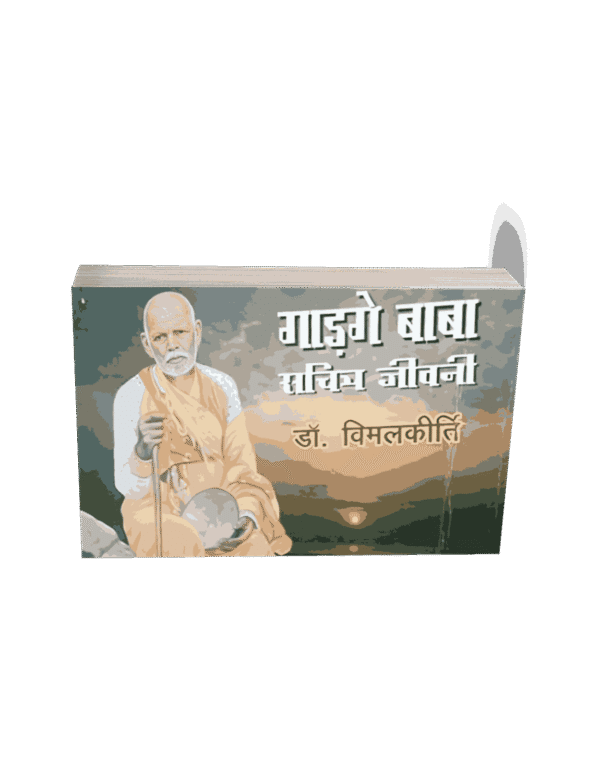
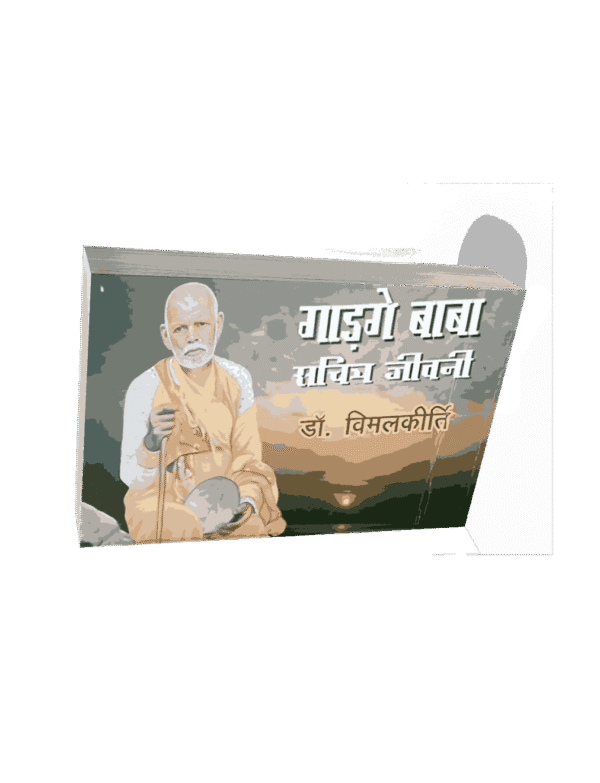
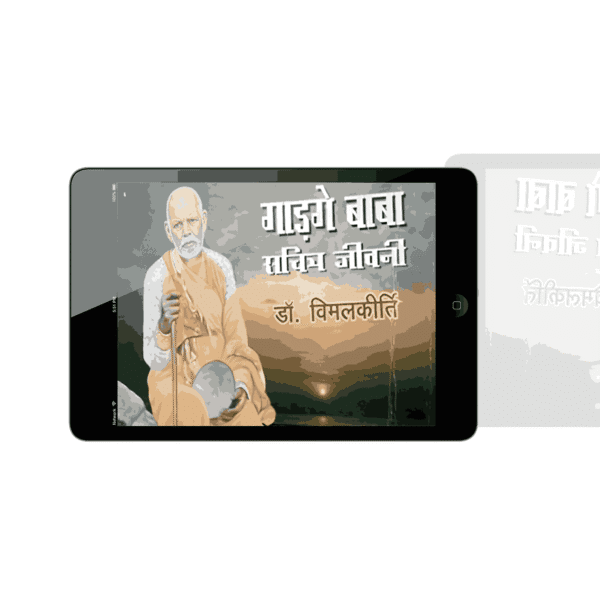
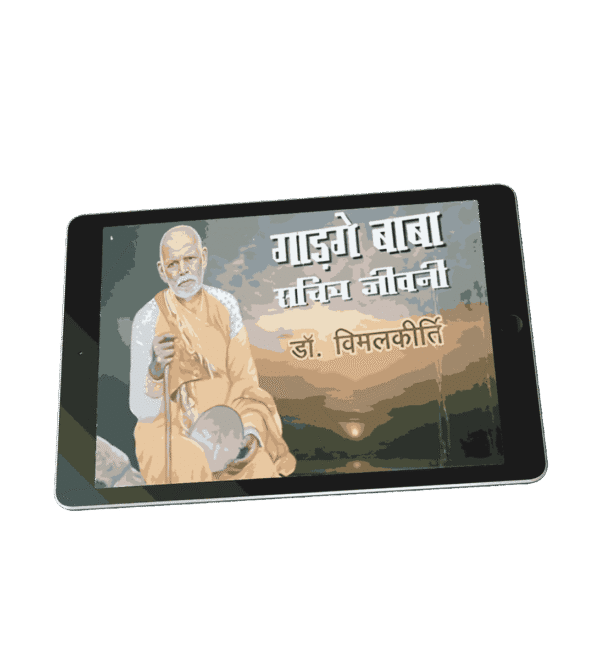
Reviews
There are no reviews yet.